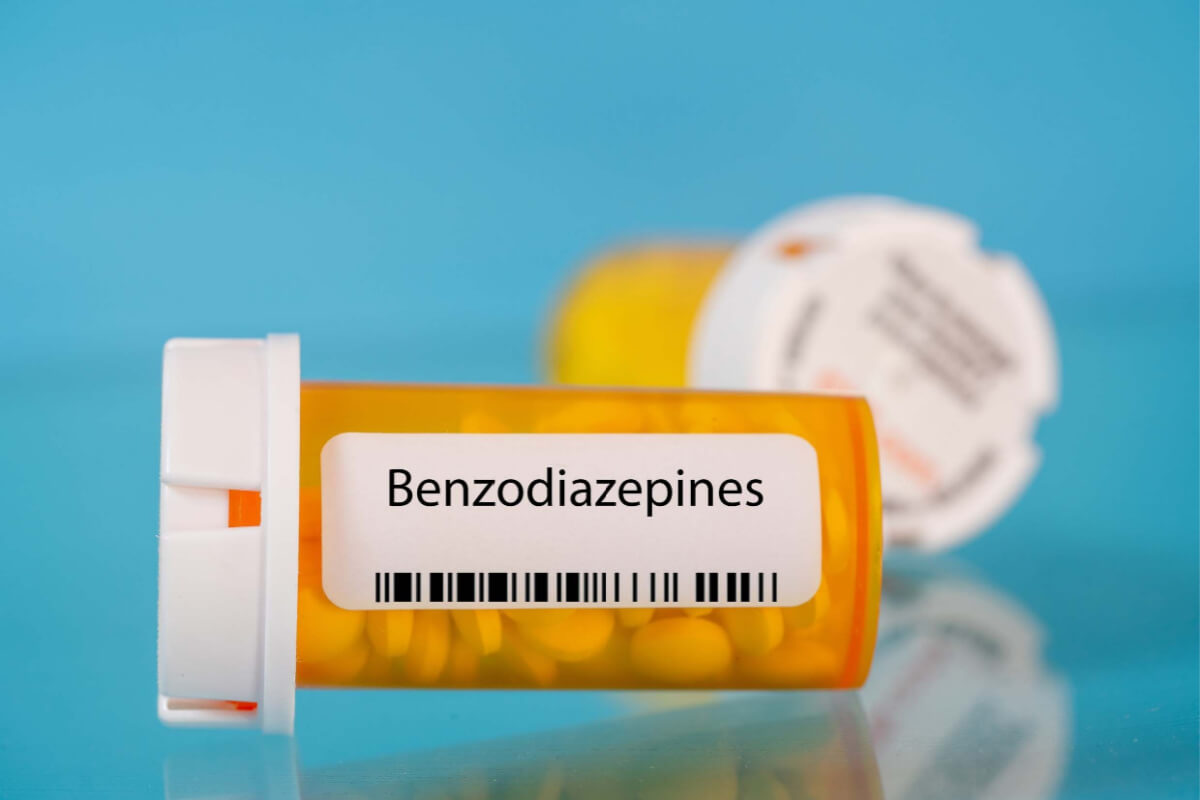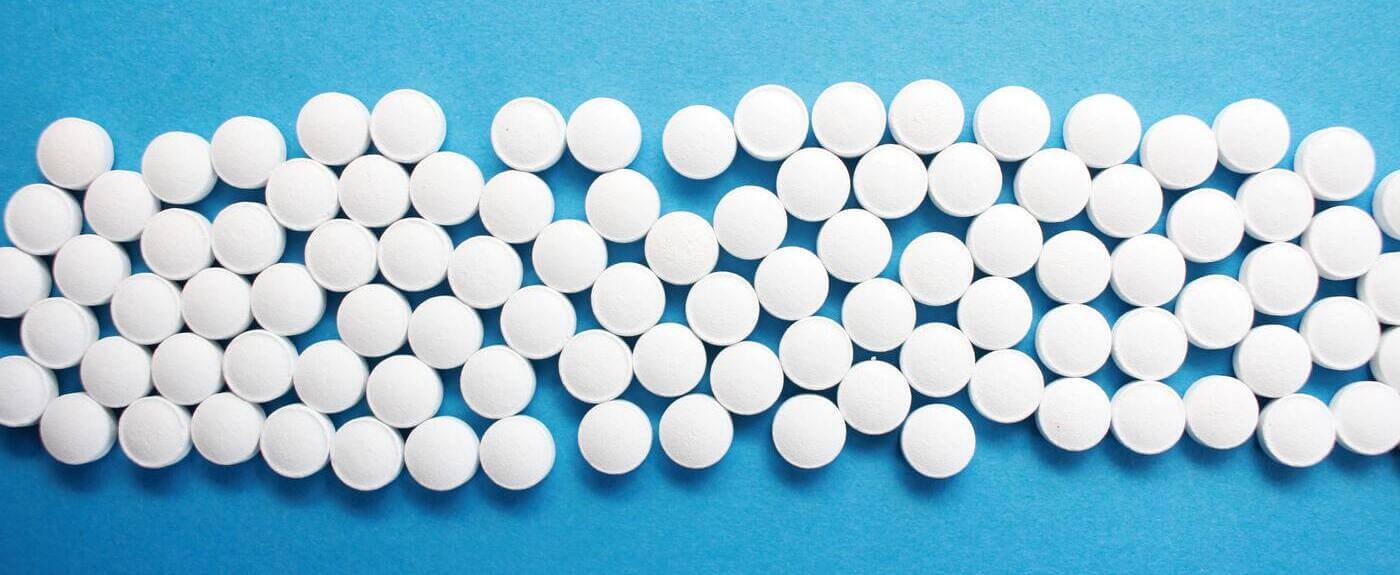
Some individuals with alcohol use disorder (AUD) will experience withdrawal when they attempt to quit drinking “cold turkey”.
Mild symptoms will fade in a few days, but some withdrawal problems are life-threatening. This is why you need medical assistance to withdraw from alcohol safely.
People with alcohol withdrawal syndrome tend to have an alcohol use disorder. Most people who get withdrawal symptoms get treatment from a primary care physician, not a treatment center or in a hospital.[1] Anybody who gets significant withdrawal when they stop drinking alcohol probably has an unhealthy relationship with alcohol. In fact, withdrawal symptoms are one of the diagnostic criteria for AUD.
Alcohol Withdrawal Syndrome Symptoms Explained
There are many degrees of severity of alcohol withdrawal, ranging from very mild to even life threatening symptoms. The degree of withdrawal that you experience depends largely on your personal genetics, how much you drink and for how long, and your height, weight, etc. Here are some examples of the symptoms you might experience with alcohol withdrawal:
1. Mild AWS
Your symptoms may include the following:[2]
- Anxiety
- Headaches
- Insomnia
- Nausea
- Shaking
2. Moderate AWS
Your symptoms may seem mild at first. But you may also develop the following:
- Hallucinations
- Seizures
About 50% of people who have a seizure during withdrawal will progress to severe AWS symptoms including blood pressure changes, fast heart rate, and even potentially loss of respiratory drive, coma or death .[2]
3. Severe AWS
Delirium tremens (or DTs) take hold in up to 5% of people undergoing alcohol withdrawal.[3] Delirium tremens is a term which refers to the autonomic change sin a person’s vital signs – fast heart rate, dropping blood pressure, fevers, or fast breathing rate. It is a sign of impending coma and even death. While it is a rare side effect, it can be life-threatening. Your symptoms include the following:[4]
- Confusion or delirium
- Racing heartbeat
- Fast breathing
- Dropping blood pressure
If left untreated, DTs can lead to cardiovascular collapse and death.
Alcohol Withdrawal Timeline
The time to develop alcohol withdrawal symptoms varies between individuals but a typical timeline looks something like this:
Generally, patients are said to be “out of the window” for dangerous symptoms of alcohol withdrawal after about 4-5 days, meaning they will not develop life threatening symptoms if they haven’t already.
How Serious Is AWS?
Most withdrawal symptoms are not life-threatening.[6] But serious issues like seizures and cardiovascular collapse can cause death in a small percentage of people.
Anywhere from 1% to 5% of people with delirium tremens die from the condition.[2]
If you’re a heavy drinker with a long history of alcohol use disorder, talk with a treatment team before you try to get sober “cold turkey”. You shouldn’t attempt to stop drinking suddenly on your own. Doing so could be dangerous.
Medications can help ease your withdrawal symptoms and, particularly for patients who experience seizures from withdrawal, can help to prevent seizures and the progression to more serious complications.
If you don’t think you’ll develop alcohol withdrawal syndrome but you start to feel shaky or confused in the hours or days following your last drink, consider this a medical emergency. Get help immediately, and tell your team about your alcohol history. Don’t be afraid to reach out for help if you need it.

By Elena Hill, MD, MPH
Elena Hill, MD; MPH received her MD and Masters of Public Health degrees at Tufts Medical School and completed her family medicine residency at Boston Medical Center. She is currently an attending physician at Bronxcare Health Systems in the Bronx, NY where ... Read More
- Alcohol Facts and Statistics. National Institute on Alcohol Abuse and Alcoholism. https://www.niaaa.nih.gov/publications/brochures-and-fact-sheets/alcohol-facts-and-statistics. March 2022. Accessed June 2022.
- Alcohol Withdrawal. StatPearls. https://www.ncbi.nlm.nih.gov/books/NBK441882/. November 2021. Accessed June 2022.
- Delirium Tremens. StatPearls. https://www.ncbi.nlm.nih.gov/books/NBK482134/. August 2021. Accessed June 2022.
- Delirium Tremens (DTs). Medscape. https://emedicine.medscape.com/article/166032-overview. August 2021. Accessed June 2022.
- Management of Moderate and Severe Alcohol Withdrawal Syndromes. UpToDate. https://www.uptodate.com/contents/management-of-moderate-and-severe-alcohol-withdrawal-syndromes. November 2021. Accessed June 2022.
- Mythbusters: Death by Withdrawal. NZ Drug Foundation. https://www.drugfoundation.org.nz/matters-of-substance/archive/november-2011/mythbusters-death-by-withdrawal/. November 2011. Accessed June 2022.
Download Our Free Program Guide
Learn about our program, its effectiveness and what to expect
Related articles
Imagine what’s possible on the other side of opioid use disorder.
Our science-backed approach boasts 95% of patients reporting no withdrawal symptoms at 7 days. We can help you achieve easier days and a happier future.









